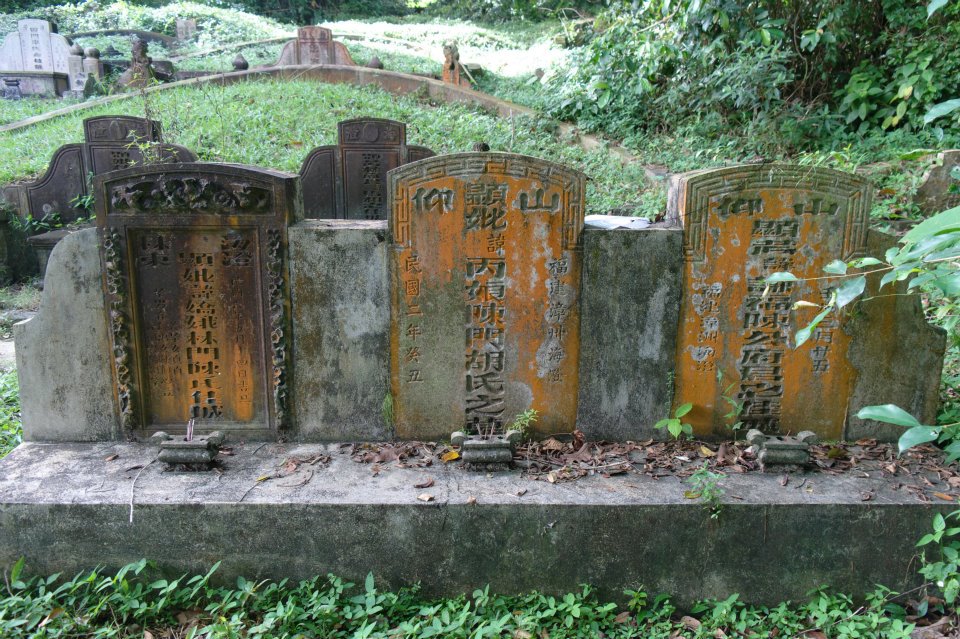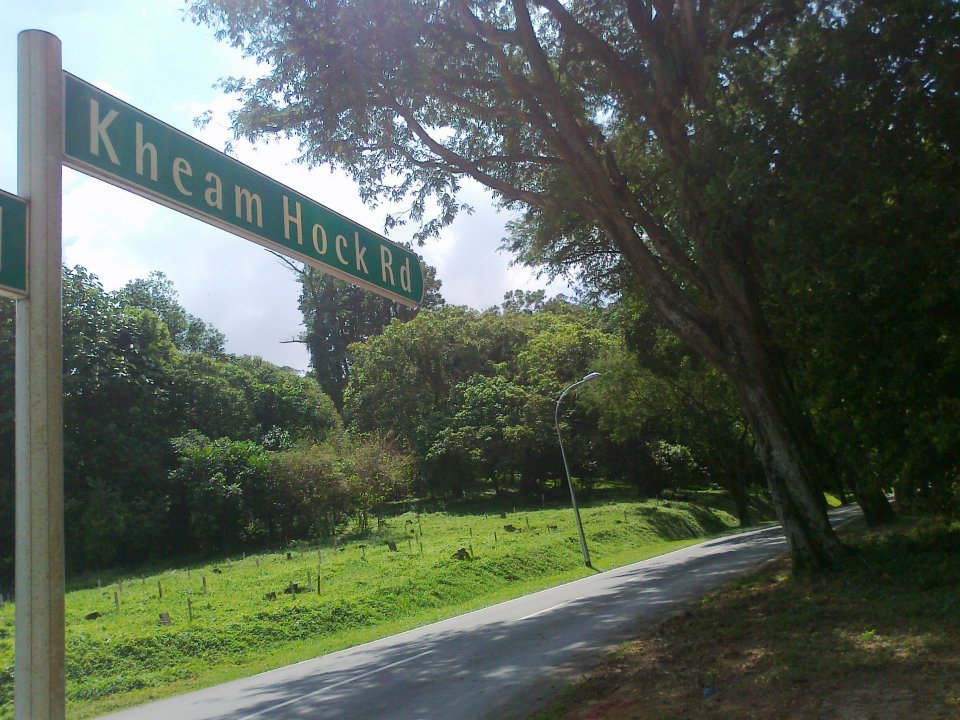The Road to Bukit Brown – Kheam Hock
0Tan Kheam Hock (1862 – 1922)
The fact that Bukit Brown was established as a municipal cemetery (1922) for the Chinese community – rich and poor – owes much to the active lobbying by the then Municipal Commissioner Tan Kheam Hock. In recognition of his effort, the new road leading to the cemetery was named in honour of him, a year after his death in 1922. Today, it is still the scenic route to Bukit Brown Cemetery.
Tan was born in Penang in 1862 to a rich merchant. As a young man, he studied at the Penang Free School, and upon graduating was given a position in the Chartered Mercantile Bank of India, London and China. Eight years after working, in 1887, he decided it was time to broaden his life and work experience by traveling. He headed to Calcutta and learnt about agricultural production over a two-year period. He arrived in Singapore in 1889 and got into the business at the Opium and Spirit Farm. The business had nothing to do with growing crops but was formed to exploit the system of government tenders awarded for the processing of opium and liquor, both valuable sources of revenue for the Straits Settlement government.
He was continuously associated with that enterprise until 1906, except for an interval of 3 years (1898 – 1900) when the farm contract fell into other hands.
Like most Chinese business men, he diversified his business interests. In December 1901, Tan secured a contract to supply labourers from China (coolies) to the Tanjong Pagar Dock Co. as Singapore developed from strength to strength as a port city. To get an idea of the worth of that contract, it was recorded that the wharf frontage of the docks was over a mile and a half in length, and as many as 2,500 coolies had to be permanently employed there.
He became the Municipal Commissioner in 1910 and held the post until his death.
Tan was also connected with the Perak General Farms, and had a seat on the management committee of the Straits and Federated Malay States Government Medical School.
Kheam Hock family in traditional garb
He was known for his progressive ideas, a champion for the education of Chinese girls and actively involved in movements to improve the welfare of the Chinese community for much of his life, which extended to the welfare of the dead in the form of establishing a final resting place for the community.
Tan was a member of the Society of Arts, London and a scholar who helped to translate various Chinese classics to Baba Malay literary works. Most of the Baba translations were historical and heroic stories.
Tan made a well-connected marriage to the sixth daughter of the late Mr Foo Tye Sin, JP Municipal Commissioner of Penang (Tye Sin Street in Georgetown, Penang is named after him). Tan and his wife Foo Bing Neo had nine sons and two daughters, and 29 grandchildren at the time of his death.
Tan Kheam Hock died in 1922. He had requested for a simple funeral but the procession that followed the cortege stretched for half a mile, according to the newspaper records of the day. The body left his residence, 106 River Valley Road, with musicians, two large lanterns and the coolies bearing the estimated 200 wreaths, accompanied by Buddhist monks from the Telok Ayer temple. The procession wended its way down Kiliney Road, Orchard Road down to the cemetery at Alexandra Road. Prominent members of the community and a motorcade attended the funeral. He and his wife’s tombs were later relocated to Bukit Brown Cemetery, probably in the 1930’s.
Tan’s grave plot has three tombs but only he and his wife are interred there.

Tan Kheam Hock Tomb, simple and austere. Buried with his wife, Foo Bing Neo. The third tombstone is believed to belong to their eldest daughter Tan Mah Siang who died at 32.
Tan Kheam Hock triple tombs is marked as “S” located at Blk division 3 on the map. It is visible from the road.



Comments